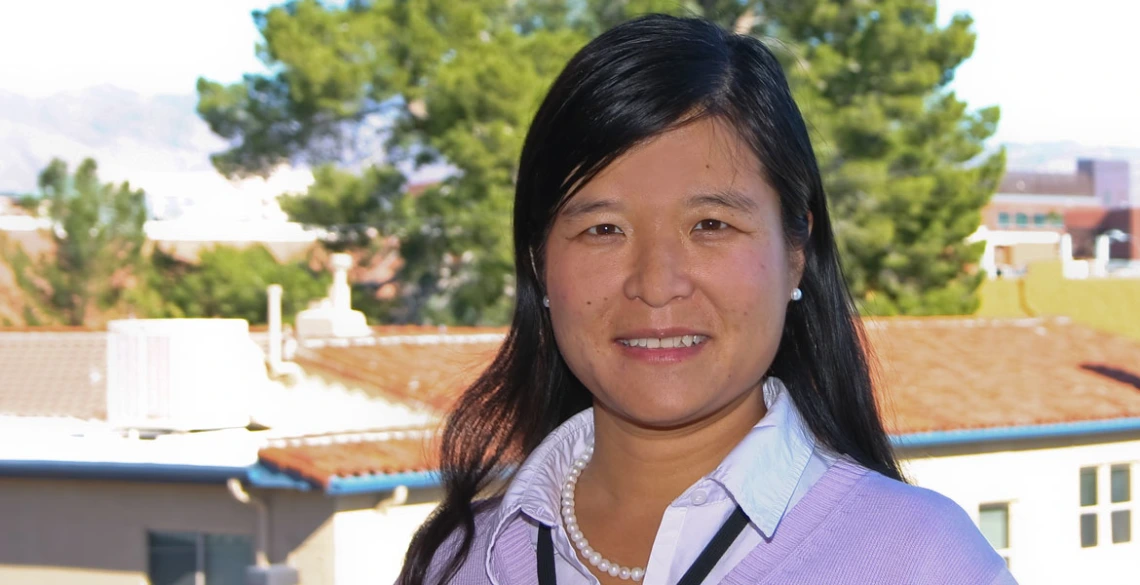NSF Funds Civil Engineering Professor to Design Computer Models of Sediment Transport
UA Engineering research aims to develop new theory of river flow and sediment deposition.

Guohong "Jennifer" Duan
Assistant Professor Jennifer Duan has been awarded a grant of more than $400,000 by the National Science Foundation to study the complex forces that determine how sediment is deposited in river channels.
Duan, of the UA’s Department of Civil Engineering and Engineering Mechanics, was awarded the 5-year grant of $415,560 under the NSF’s prestigious Faculty Early Career Development Program. The program supports junior faculty who exemplify the role of teacher-scholars through outstanding research, excellent education and the integration of education and research.
Her research will provide valuable guidance for river restoration and enhance scientific understanding of river meanders. The project will involve undergraduates in research, establish a mentoring program for women students, develop a computer animation exhibition for science museums, and support outreach to high school students.
The grant will fund construction of a new experimental facility adjacent to the Civil Engineering building -- in effect, an outdoor lab -- and the development of a computer model. Results from lab-based experiments conducted on meandering channels will be integrated into the computerized model to simulate the processes of meandering in both experimental flumes and natural rivers.
“We are going to build a new flume in the civil engineering courtyard,” said Duan. “It will simulate a river basin and, by controlling the flow, we will be able to study how a small channel evolves into a meandering channel, just like the Mississippi River.” Duan will also develop a digital display of her computational model for the Science Center so visitors can see how a river meander forms over time.
The new flume will be 50 feet long, 14 feet wide, 3 feet deep, and will contain tons of sediment. Design of the new test flume has been completed and construction is scheduled to start spring 2009. Duan plans to promote engineering among local high schools. “We are going to have a week-long summer camp so high school students can study how the flume works, and therefore how meanders are formed,” she said.
The project aims to increase the number of women in engineering, under the auspices of the Women in Science and Engineering program. “About 25 percent of this department’s students are women, but I want to increase that,” Duan said. “Women are put off by engineering because they think the material is too difficult. It’s not true -- just look at how many women go to law school.”
Duan submitted her proposal -- Integrated Experimental and Numerical Modeling Study of Non-uniform Sediment Transport in Meandering Channels -- to the NSF because no theory currently encompasses the complex interactions between flow, sediment transport and fluid dynamics in meandering channels. Many numerical models applied to curved and meandering channels are based on experimental data acquired from studies conducted on straight laboratory flumes but never tested on sinuous channels.

